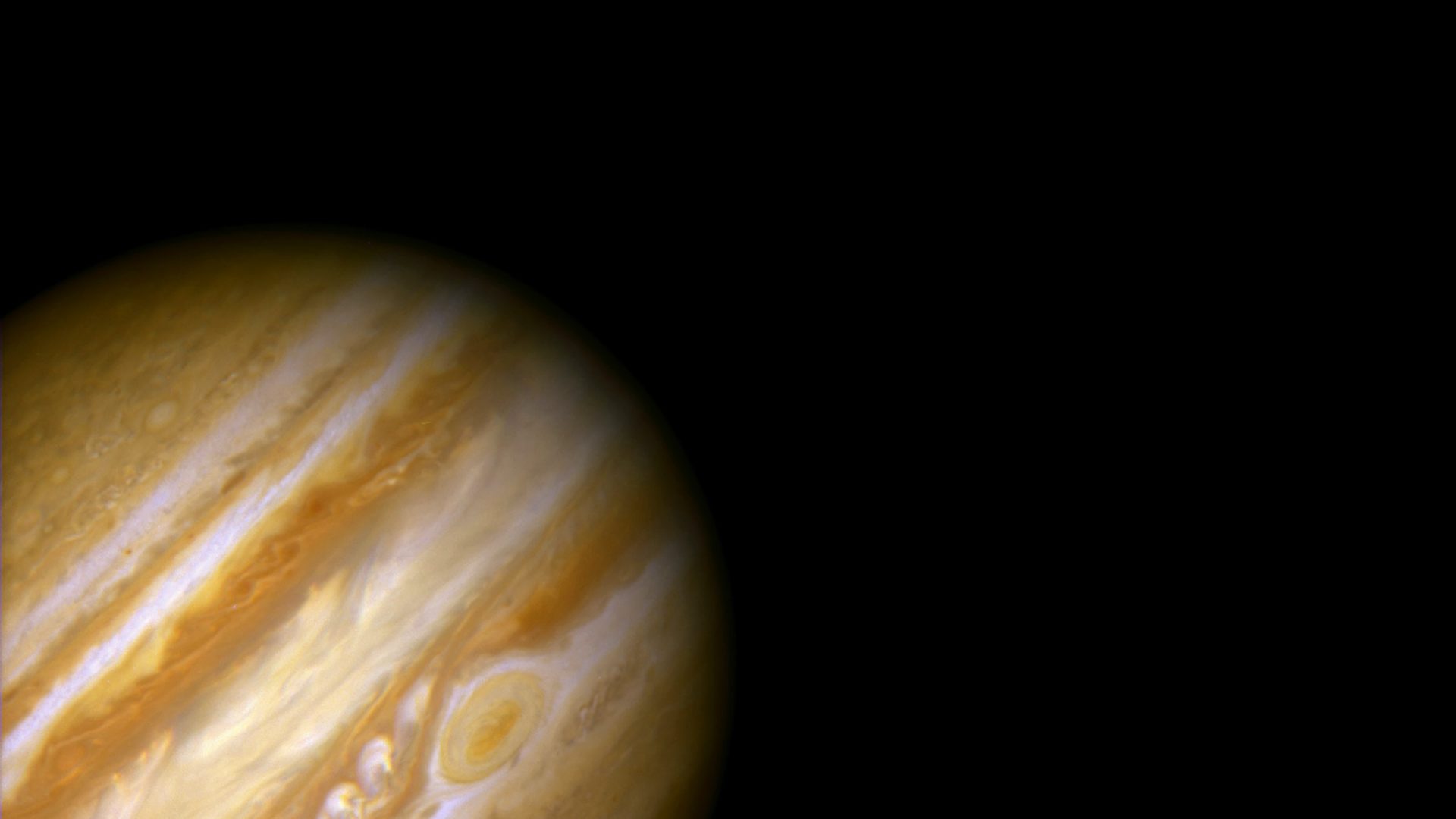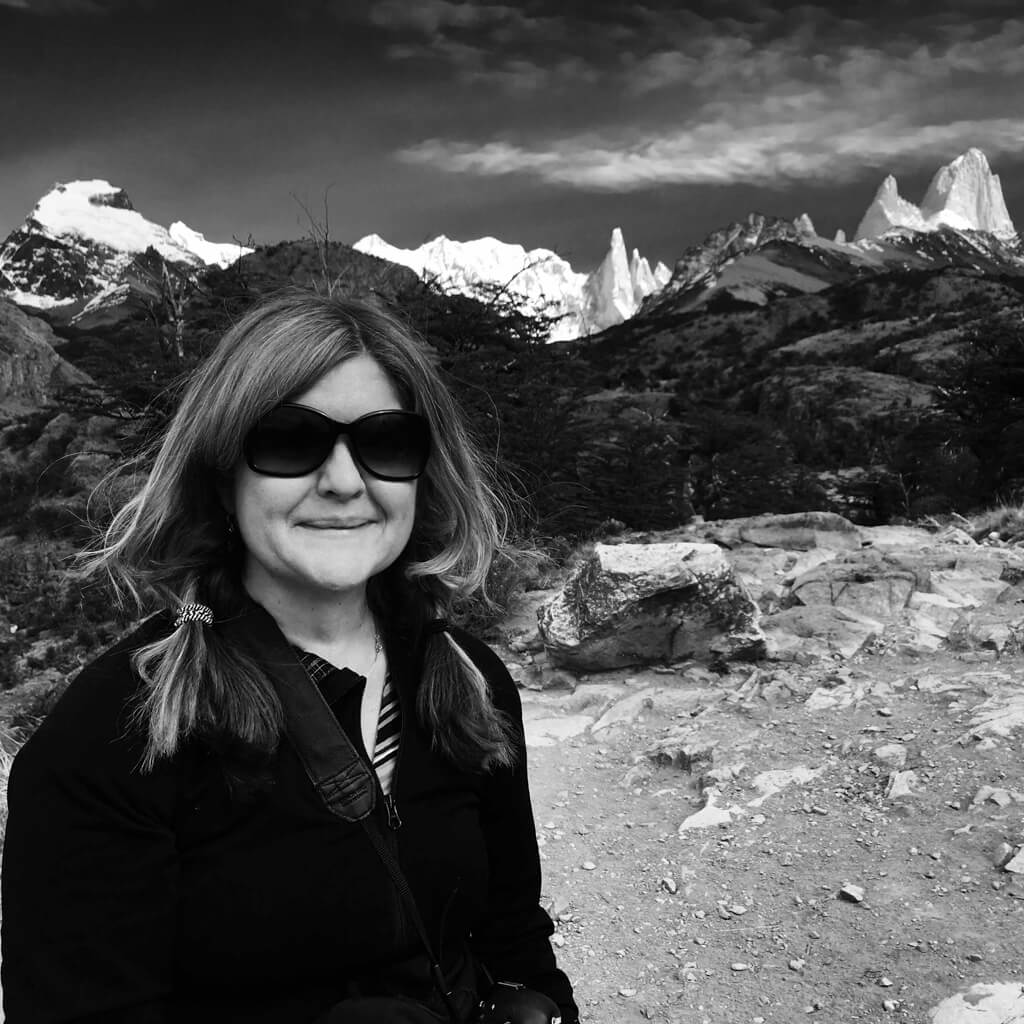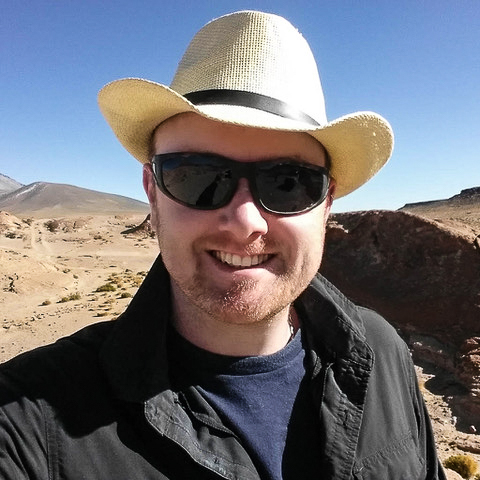
NASA is launching a spacecraft to Jupiter with poetry on board. The interstellar ode is the latest artifact in NASA’s history of sending culturally meaningful objects into space.


NASA is launching a spacecraft to Jupiter with poetry on board. The interstellar ode is the latest artifact in NASA’s history of sending culturally meaningful objects into space.
The moon, that glowing orb waxing and waning in our night sky, has perhaps been the subject of as many poems as there are stars in the sky. But its icy cousin, Europa—one of the largest of the many moons circling Jupiter—gets a little less hype in literary circles.
Or at least, it has in the past. At the request of NASA, US Poet Laureate Ada Limón has written a 21-line poem, In Praise of Mystery: A Poem for Europa that will travel all the way to its interplanetary muse. The Space Administration will inscribe the poem onto the Europa Clipper, an unmanned spacecraft that will be launched into Jupiter’s orbit in the fall of 2024 to conduct scientific observations. Fun fact: Members of the public also have the opportunity to add their name to the “message in a bottle” on NASA’s website, which will be etched into the spacecraft along with Limón’s stanzas.
The Clipper will travel 1.8 billion miles, arriving at its destination in 2030. Scientists believe that underneath Europa’s icy surface is water, and potentially the conditions to support life. Limón alludes to this in her free-verse composition, writing, “And it is not darkness that unites us, not the cold distance of space, but the offering of water, each drop of rain.”
Limón read the poem for the first time last week at a ceremony at the Library of Congress in Washington, D.C., in the US. The lines are beautiful, and the potential knowledge to be gained from visiting Europa stirs our imaginations and senses of wonder alike. But even if you’re generally on board with poetry and space exploration as two separate things, that doesn’t explain why NASA wants a poem written on the spacecraft.
The interstellar ode is the latest artifact in NASA’s history of sending culturally meaningful objects into space (along with observational equipment and astronauts). The Golden Record was famously launched on the Voyager in 1977. The gold-plated, 12-inch copper disc carried audio “intended to communicate a story of our world to extraterrestrials.”
The elephant in the room here, of course, is that it’s unlikely any aliens encountered by the spaceship would actually be able to read Limón’s poem, since not even everyone on Earth can. Nor can one really imagine them making much sense of the hundred-plus images or snippets of Bach on the Golden Record, fun as it is to try.
Instead, loading up spaceships with cultural artifacts—the act of choosing items that we feel represent us well to foreign beings that would likely be entirely unable to understand—is a chance for us to say, to ourselves, who we are.
It’s also just great communication for the larger meaning of science. NASA is building individual, emotional connections between members of the public and a big project, remote concepts and faraway places. And it’s a public agency, which means it’s in their interest for continued funding when the tax-paying populace feels good about their work.
Which is not to say it’s entirely self-serving. NASA’s work is awe-inspiring and perspective-changing. The more people who feel involved in the project of exploring the broad universe around our little planet, the better. While still prohibitively expensive and decidedly not low-impact from an environmental perspective, the growing opportunities for commercial space travel mean that more people than just the select few astronauts who make it through NASA’s rigorous training might someday have the chance to make the most foreign trip of all.
Every age of exploration has been marked by a curiosity to discover what, exactly, lies in the vast, unfamiliar reaches beyond the known world. But one thing that makes space different from other journeys and travel is that we know space to be a practically limitless place. So as we send our music and our prose into the ether, it’s coming from the same place inside ourselves that takes us on every journey: The desire to learn more, experience more, and be a part of the human experience.

Miyo McGinn is Adventure.com's US National Parks Correspondent and a freelance writer, fact-checker, and editor with bylines in Outside, Grist, and High Country News. When she's not on the road in her campervan, you can find her skiing, hiking, and swimming in the mountains and ocean near her home in Seattle, Washington.








Can't find what you're looking for? Try using these tags: